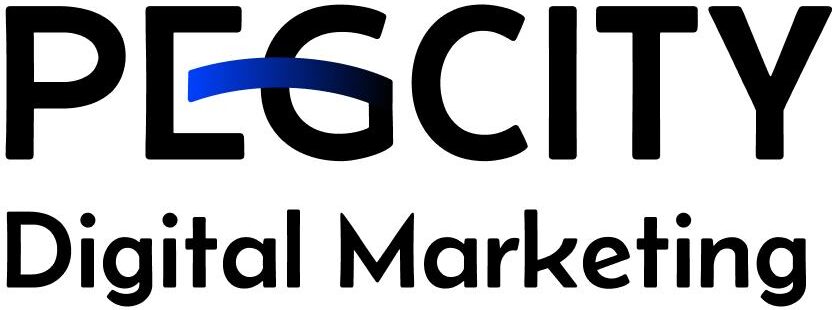In today’s digital-first world, a user-friendly website is essential for capturing attention, building trust, and driving conversions. Whether you’re a small business or a growing enterprise, your website needs to deliver an effortless and satisfying experience for visitors. But what exactly makes a website “user-friendly”? Let’s break it down.
Why User-Friendly Websites Matter
Before diving into the elements, it’s important to understand why user-friendliness is crucial. Studies show that 88% of online consumers are less likely to return to a site after a bad experience. Plus, search engines like Google factor user experience into their ranking algorithms. A user-friendly website not only delights visitors but also boosts SEO performance, making it easier for potential customers to find you online.
Key Elements That Make a Website User-Friendly
1. Intuitive Navigation
Visitors should be able to find what they’re looking for without thinking too hard. A simple, logical menu structure with clear labels goes a long way. Drop-down menus, a sticky header, and a well-organized footer can help users explore your site seamlessly.
Tip: Always include a “Home” button and make your logo clickable — small touches that improve navigation.
2. Fast Load Times
No one likes to wait. Research indicates that a 2-second delay in load time can increase bounce rates by over 100%. Optimize images, leverage browser caching, and minimize the use of heavy scripts to keep your site lightning fast.
Pro Insight: Google’s Core Web Vitals are essential metrics that measure load time, interactivity, and visual stability — and they directly impact your SEO rankings.
3. Mobile Responsiveness
With over 58% of web traffic coming from mobile devices, having a responsive design isn’t optional—it’s mandatory. Your website should adjust smoothly to different screen sizes, providing an equally smooth experience whether someone is on a phone, tablet, or desktop.
4. Clear Calls to Action (CTAs)
Every page should guide users toward an action — whether that’s contacting you, purchasing a product, or signing up for a newsletter. Make your CTAs visible, concise, and persuasive without being pushy.
Example: Instead of a generic “Submit” button, try “Get Your Free Consultation.”
5. Readable and Engaging Content
Content should be easy to read with short paragraphs, bullet points, and plenty of white space. Use fonts that are legible across devices and avoid overwhelming visitors with walls of text. Bonus points for adding high-quality visuals like images, infographics, or short videos to keep users engaged.
SEO Tip: Incorporate keywords naturally, like “website usability,” “mobile-friendly design,” and “fast-loading websites” to help improve organic search rankings.
6. Trust-Building Features
People buy from brands they trust. Display client testimonials, industry certifications, privacy policies, and security badges prominently. An “About Us” page that tells your story authentically can also significantly boost credibility.
7. Accessible Design
An often-overlooked aspect of user-friendliness is accessibility. Make sure your site can be used by everyone, including individuals with disabilities. Add alt text to images, ensure high color contrast, and enable keyboard navigation.
Good to Know: Accessibility not only expands your audience but can also improve your SEO.
Final Thoughts: Small Details Make a Big Difference
Creating a user-friendly website isn’t just about ticking off boxes—it’s about genuinely understanding your visitors’ needs and making their journey delightful. In a competitive digital landscape, user experience is a key differentiator that can make or break your online success.
At PegCity Digital Marketing, we specialize in building websites that aren’t just beautiful — they perform. Ready to take your online presence to the next level? Contact us today for a free consultation, and let’s make your website work harder for you.



